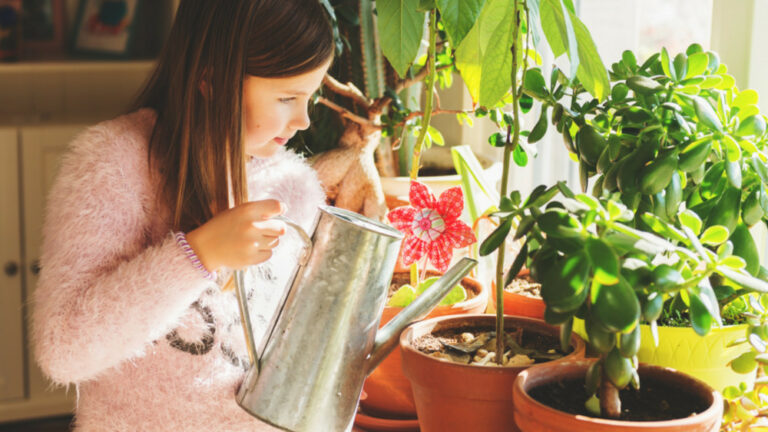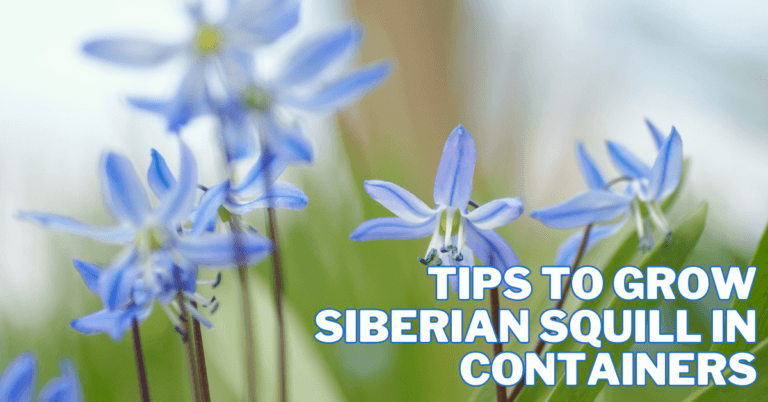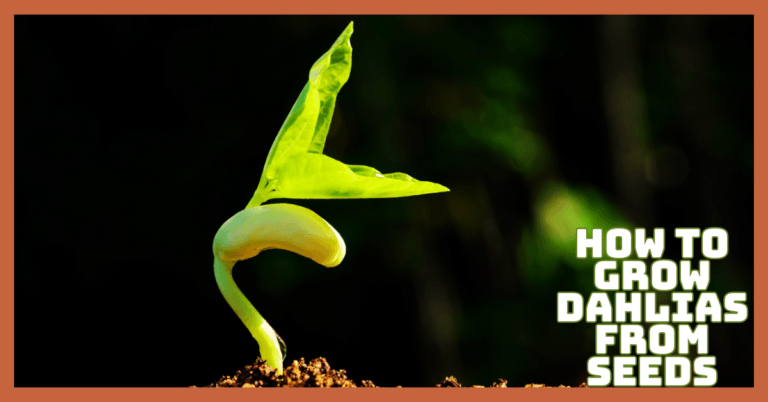All About Lilies: Your Ultimate Guide!

All About Lilies: Your Ultimate Guide!
Lilies are popular among gardeners and flower enthusiasts because of their exquisite beauty and grace. This comprehensive book examines the many types, vivid hues, and fascinating history of lilies.
Whether a seasoned gardener or a beginner, you'll find valuable tips on growing, caring for, and enjoying these enchanting flowers.
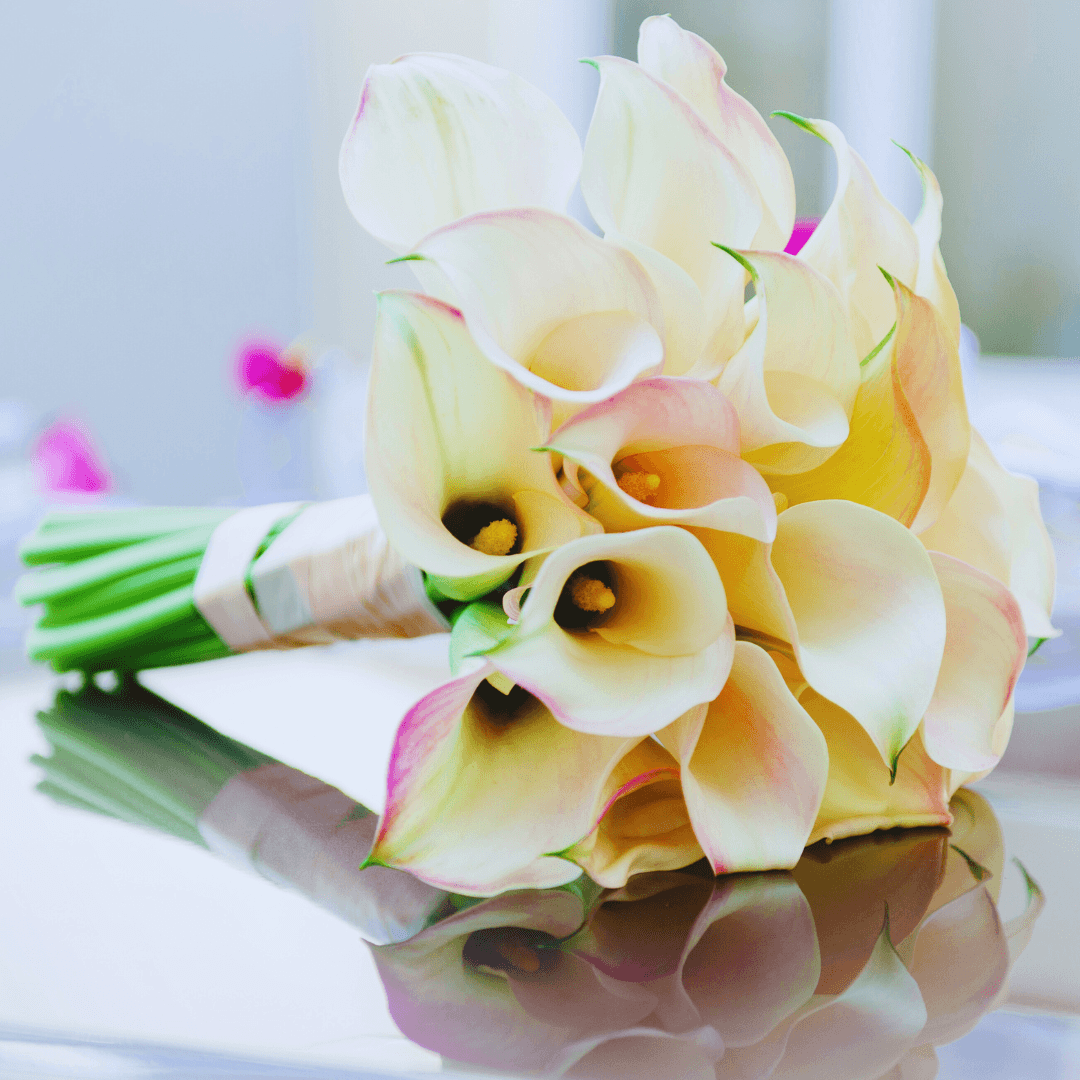
Physical Description Of Lilies
Lilies, belonging to the genus Lilium, are renowned for their large, trumpet-shaped flowers, which come in various striking colours, including white, yellow, orange, pink, red, and purple.
These flowers are often speckled or striped, adding to their visual appeal. Typically, lilies grow from bulbs, underground storage organs that help the plant survive adverse conditions.
1. Flowers
Lilies' flowers are the most distinctive feature. They are often composed of six petal-like tepals that can be ed or fused at the base.
The flower's center contains prominent stamens topped with anthers, the pollen-producing parts, and a pistil, the female reproductive organ.
2. Leaves
Lily leaves are generally narrow, lance-shaped, and arranged in a spiral around the stem. They can differ in size and shape among species; some have wider, more elliptical leaves than others.
3. Stems
Lily stems are typically erect, ranging from 2 to 6 feet tall, and support the large flowers at their tops. The height and sturdiness of the stem can vary among different lily varieties.
4. Bulbs
Lily bulbs are composed of overlapping scales and lack a protective outer coating. They are usually planted a few inches below the soil surface and can produce multiple stems and flowers.
5. Variations Among Species
Over 90 species of true lilies exhibit unique flower sizes, shapes, and coloration characteristics.
For example, the Tiger Lily (Lilium lancifolium) is known for its bright orange flowers with black spots, while the Madonna Lily (Lilium candidum) boasts pristine white blooms.
History Of Lilies
The history of lilies is extensive and dates back thousands of years. Throughout history and across cultural boundaries, they have enthralled people with their captivating beauty and delightful scent.
Originating in various parts of the world, including Europe, Asia, and North America, lilies have been cultivated and admired since ancient times.
Greek mythology describes how lilies, a symbol of purity and celestial beauty, emerged from the milk of Hera, the queen of the gods.
The flower was also revered in ancient Egypt and associated with fertility and the goddess Isis. Lilies were often depicted in art and used in burial rites, signifying rebirth and the afterlife.
During the Renaissance, lilies became a popular motif in Christian art, symbolizing the Virgin Mary's purity and the resurrection of Christ. The Madonna Lily, in particular, was frequently used in religious iconography.
In the Victorian era, lilies gained prominence in gardens and floral arrangements, symbolizing refined beauty and high social status.
Today, lilies continue to be cherished worldwide for their elegance and versatility. They are a favourite in gardens, bouquets, and celebrations, embodying a timeless appeal that transcends cultures and generations.
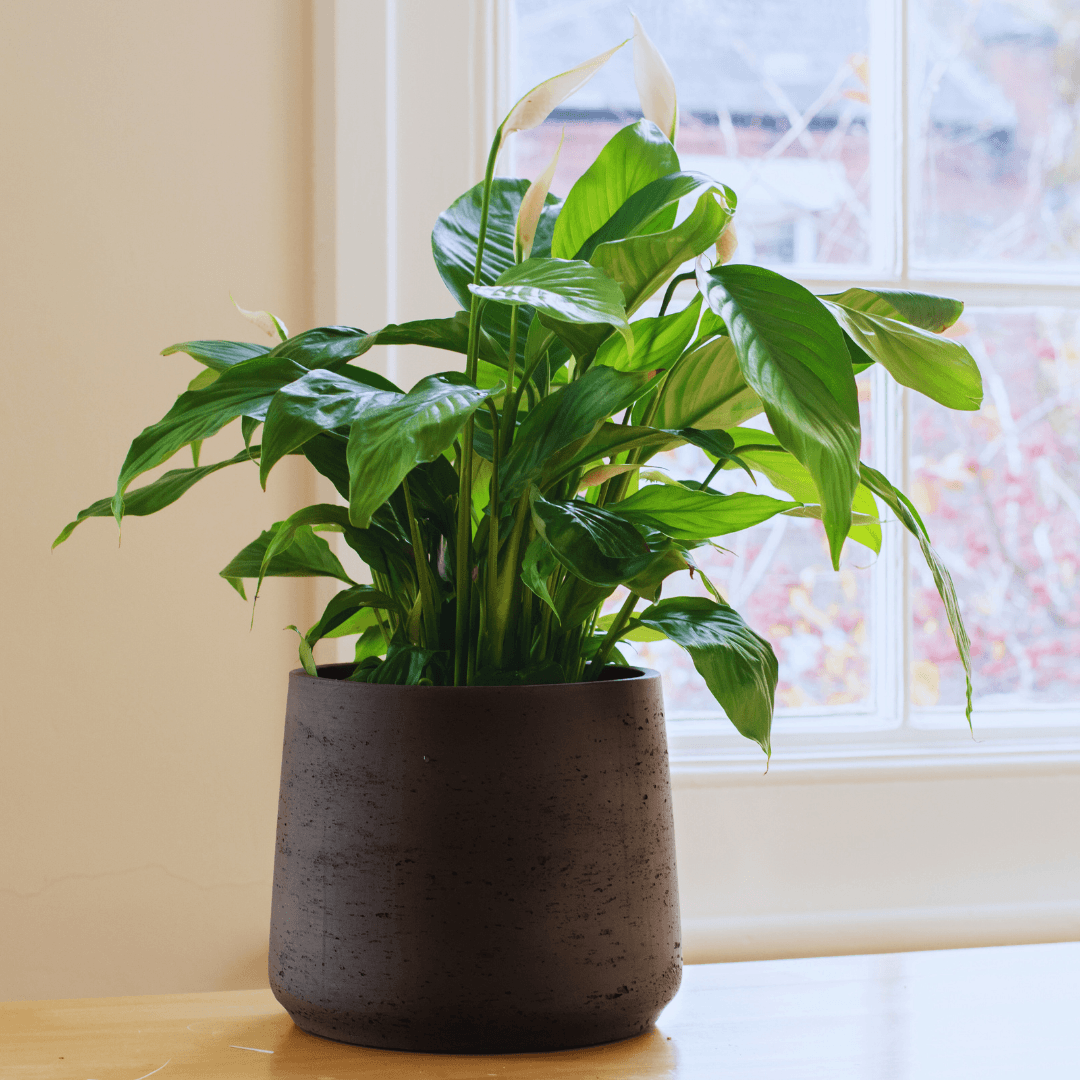
Uses Of Lilies
Lilies are known not only for their beauty but also for their versatile applications across various domains. Here are some of the prominent uses of lilies:
1. Ornamental Uses Of Lilies
Gardens And Landscaping
Lilies are a favourite garden choice due to their vivid colours and stately appearance. When grown in flower beds, containers, and borders, they frequently provide a touch of sophistication and elegance to outdoor areas.
Different species and hybrids can be selected to display blooms continuously from early summer to fall.
Indoor And Outdoor Décor
Potted lilies can brighten patios, balconies, and indoor spaces. Their fragrant flowers make them an excellent choice for creating a pleasant and inviting atmosphere.
2. Floral Arrangements And Bouquets
Weddings
Lilies are a popular choice for wedding bouquets and floral decorations. Their association with purity and beauty makes them ideal for bridal arrangements. White lilies, in particular, are favoured for their classic and timeless look.
Funerals
Lilies are also commonly used in funeral arrangements, symbolizing the restored innocence of the deceased's soul. The peace and serenity of lilies make them a fitting tribute in memorial services.
Everyday Bouquets
Florists often use lilies in everyday bouquets and arrangements due to their longevity and striking appearance.
They pair well with other flowers and greenery, creating visually appealing compositions.
3. Symbolic Uses Of Lilies
Ceremonies And Traditions
Lilies are used in various cultural and religious ceremonies beyond weddings and funerals. In many traditions, they represent purity, renewal, and transition.
Gifts
Lilies are thoughtful gifts for various occasions, including birthdays, anniversaries, and special celebrations. Their beauty and fragrance convey heartfelt emotions and good wishes.
4. Medicinal and Therapeutic Uses Of Lilies
Traditional Medicine
Certain lily species have been utilized for their healing properties in conventional medicine. For example, extracts from sure lilies have been used to treat ailments such as fever, wounds, and burns.
Aromatherapy
Essential oils extracted from lilies are used in aromatherapy to foster relaxation and relieve stress. Their calming scent is believed to soothe the mind and body.
5. Lilies In Art, Literature, And Mythology
Art
Lilies have inspired artists for centuries. They appear in paintings, sculptures, and other forms of visual art and often symbolize purity, beauty, and the divine.
Literature
In literature, lilies are frequently used as symbols and motifs. Poets and writers have drawn on the flower's rich symbolism to convey love, loss, and transcendence themes.
Mythology
Various myths and legends feature lilies, attributing them to magical and divine qualities. In Greek mythology, the lily is linked to Hera, while in Christian tradition, it is related to the Virgin Mary.
How To Plant Lilies
Planting and caring for lilies can be a rewarding experience, resulting in a stunning display of flowers.
Whether adorning a garden, enhancing a special occasion, or inspiring an artist, lilies bring beauty, meaning, and joy to our lives.
Here is a comprehensive guide on how to plant and nurture these beautiful plants:

1. Choosing The Right Type Of Lilies
Lilies come in various species and hybrids, each with unique characteristics. Selecting the correct type of lily for your garden is crucial to ensure a successful bloom.
Asiatic Lilies
Asiatic lilies are hardy and easy to grow. They are known for their distinct colours and early blooming. They are usually unscented and come in various colours, including red, yellow, orange, and white.
Oriental Lilies
These lilies are famous for their large, fragrant blooms and are often seen in late-summer gardens.
They come in shades of pink, white, and red, and their strong fragrance makes them popular in floral arrangements.
Trumpet Lilies
Trumpet lilies have large trumpet-shaped flowers that are highly fragrant. They bloom in mid to late summer and are available in white, yellow, and pink.
Tiger Lilies
Recognizable by their orange flowers with black spots, they are robust and can grow in various conditions. They bloom in mid-to-late summer and are less fragrant than Oriental lilies.
Consider factors such as bloom time, flower colour, and plant height when selecting lilies for your garden.

2. Best Time To Plant Lilies
Lilies can be grown in either spring or fall. Both planting times have their advantages:
Spring Planting
Planting lilies in the spring allows the bulbs to develop before the growing season. This is ideal if you want to see blooms in the same year.
Fall Planting
Fall planting gives lily bulbs a head start for the following spring. The bulbs will develop roots during the cooler months and will be ready to grow vigorously in the spring.
3. Soil Requirements For Lilies
Lilies prefer well-drained soil that is rich in organic matter. Sandy or loamy soil (pH range: 6.0 and 7.0) is optimal, as this range is slightly acidic to neutral.
Avoid planting lilies in heavy clay soil, which can retain excess moisture and cause the bulbs to rot.
4. Sunlight Requirements For Lilies
Most lilies thrive in full sun to partial shade. For optimal development and blooming, ensure the planting spot gets at least six hours of sunlight daily. Proper exposure to sunlight promotes healthy growth and vibrant blooms in lilies.
Planting Lilies: Steps And Tips
Follow these steps to plant lilies effectively:
1. Preparing The Site
Start by loosening the soil to a depth of approximately 12-15 inches. Incorporate compost or well-rotted manure to improve soil fertility and drainage. Clear the planting area of any weeds or debris.
2. Planting Depth And Spacing
Plant lily bulbs 4-6 inches deep, with the pointed end facing up. Space the bulbs 8-12 inches apart to ensure proper air circulation and growth. The exact depth and spacing may vary depending on the bulb's size and the lily species.
3. Watering
Thoroughly water the newly planted bulbs to help them settle into the soil. Maintain consistently moist soil, but avoid waterlogging. Mulch around the plants to keep the soil moist and suppress weeds.

4. Fertilizing And Caring For Lilies
Fertilizing
Apply a balanced, slow-release fertilizer in early spring and again after the lilies have bloomed. Avoid over-fertilizing to prevent excessive foliage growth at the expense of flowers. A 10-10-10 or 5-10-10 fertilizer is suitable for lilies.
Staking
Taller lily species may require staking to support the stems and prevent them from toppling over. Use stakes or bamboo canes, and tie the stems loosely to avoid damage. Staking should be done early in the growing season to avoid damaging the bulbs.
5. Common Pests & Diseases And How To Manage Them
Lilies are prone to a range of pests and diseases. Here are some common issues and how to manage them:
Pests
Aphids, lily beetles, and slugs are common pests. Check your plants frequently for early indicators of infestation, such as broken leaves or sticky buildup.
Use a soapy water spray or introduce ladybugs to get rid of aphids. Use neem oil or pluck lily beetles by hand.
Organic slug pellets, traps, and obstacles can all be used to manage slug populations. To avoid serious plant damage, early discovery and swift response are essential.
Aphids
Aphids are tiny pests that can damage lilies. To manage them, insecticidal soap or neem oil must be applied to the affected areas.
Ensure complete plant coverage, focusing on the undersides of leaves where aphids often hide. This approach effectively controls aphids and protects your plants from damage. Regular monitoring and timely treatment are essential for preventing infestations.
Lily Beetles
Lily beetles are bright red pests that damage plants. To control them, hand-pick beetles and their larvae from the plants.
Alternatively, neem oil and insecticidal soap are effective treatments. Apply these solutions thoroughly to ensure they reach all beetles and larvae.
Regular inspections and prompt action help prevent infestations and protect your lilies from damage.
Slugs
Combat slugs with slug pellets, traps, or natural predators like nematodes. Slug pellets and traps effectively reduce slug populations, while nematodes target slugs in the soil.
These methods protect lilies from damage, ensuring healthier plants. Regularly inspect your garden and apply treatments as needed to keep slug populations under control.
Diseases
Lilies are vulnerable to diseases like botrytis blight and bulb rot, especially in humid conditions. Proper spacing between plants and good air circulation help prevent fungal infections.
Remove any infected plant parts promptly and avoid overhead watering to keep foliage dry, reducing the likelihood of disease spread and ensuring healthier lilies in your garden.
Botrytis Blight
Botrytis blight, a fungal disease, manifests as brown spots on lily leaves and flowers. It often thrives in cool, humid conditions.
Remove and dispose of any infected plant debris immediately to prevent the disease from spreading.
Use a fungicide labelled for lilies to manage the fungus and safeguard healthy plants. Minimize the conditions that encourage botrytis blight by ensuring adequate air circulation and avoiding overhead watering.
Bulb Rot
Bulb rot is caused by excessively wet soil, which can lead to fungal infections affecting lily bulbs. To prevent bulb rot, ensure lilies are planted in well-draining soil and avoid overwatering, especially during rainy periods.
Adequate soil preparation before planting, such as incorporating organic matter to improve drainage, is crucial. Water lilies sparingly at the base to prevent fungal diseases that cause bulb rot and to keep the leaves dry.
6. Tips For Ensuring Healthy Growth And Blooming
Follow these tips to ensure your lilies thrive:
Deadheading
For lilies to concentrate on creating new blooms rather than seeds, spent blossoms must be removed.
Once flowers fade, cut back the entire flower stalk to the base. This promotes continuous blooming and improves the plant's appearance by keeping it tidy and encouraging healthier growth throughout the season.
Dividing And Transplanting
Lily bulbs can become crowded over time and may need to be divided. This is best done in the fall after the foliage has died back.
Carefully dig up the bulbs, separate the offsets, and replant them in a new location. This helps maintain healthy growth and prevents overcrowding.
Winter Care
In colder regions, mulch lilies in late fall with straw, leaves, or wood chips to protect bulbs from freezing.
Lilies typically don’t need winter protection in warmer climates, as they can endure milder conditions without extra care.

7. Propagating Lilies: Methods And Best Practices
There are several methods to propagate lilies:
Bulb Offsets
The most common method of propagation is separating bulb offsets. These small bulbs form around the base of the parent bulb and can be planted to grow new lily plants. Dig up the bulbs in the fall, separate the offsets, and plant them in a prepared site.
Scaling
This method involves removing and planting individual scales from a lily bulb. Each scale can develop into a new bulb.
Place the scales into a plastic bag with moist peat moss and keep them in a warm, dark place until small bulblets form. Plant the bulblets in pots and grow them on until they are large enough to plant in the garden.
Seed Propagation
While less common, lilies can also be grown from seeds. This method requires adequate patience, as seed-grown lilies can take several years to bloom.
Sow seeds in sizable pots or seed trays and keep them in a cool, shaded area until they germinate. Once the seedlings are large enough, transplant them into the garden.
FAQ
1. Are Lilies Toxic To Pets?
Yes, many lilies are toxic to pets, especially cats. It's best to keep lilies out of reach of pets and consider choosing non-toxic plants if you have pets that like to nibble on greenery.
2. How Do I Propagate Lilies?
Lilies can be propagated by dividing bulbs or planting bulbils that form on the stem. Divide bulbs in the fall or early spring when they are dormant.
3. How Long Do Lily Flowers Last?
Lily flowers typically last about one to three weeks, depending on the variety and environmental conditions. Regularly removing spent blooms can help prolong the flowering period.
4. Why Are My Lily Leaves Turning Yellow?
Several things, such as disease, inadequate drainage, overwatering, and nutrient shortages, can result in yellowing leaves.
Examine the drainage and moisture content of the soil, and think about doing a soil test to find out whether further nutrients are required.
Conclusion
In conclusion, Lilies are symbols of elegance and grace, offering vibrant beauty and rich history to any garden.
You can enjoy these stunning flowers fully by understanding their varieties, care needs, and symbolic meanings.
Use this guide to grow and maintain lilies confidently, bringing lasting joy and charm to your garden. Happy gardening!
I trust you enjoyed this article, All About Lilies: Your Ultimate Guide! Please stay tuned for more blog posts soon. Take care!
JeannetteZ
>>>Please click here to read my all-inclusive article, About The Essential Companion Planting Guide<<<
>>>Please click here to read my all-inclusive article about Container Gardening<<<
>>>Are you interested in homegrown herbs and medicine? Please click here to find out more about it!<<<
Your Opinion Is Important To Me
Do you have thoughts, ideas, or questions? I would love to hear from you. Please leave me your questions, experiences, and remarks about this article, All About Lilies: Your Ultimate Guide!, in the comments section below. You can also email me at Jeannette@Close-To-Nature.org.
Disclosure
This post may contain affiliate links. As an Amazon Associate and other affiliate programs, I earn from qualifying purchases at no extra cost to you. Please read my full affiliate disclosure.
You might also enjoy these blog posts:
Best Types Of Lily Plants For Your Garden
Blossoms Of Wellness: Embracing Flowers For Healing
Ultimate Guide To Companion Plants For Garlic
The Beginner's Feijoa Growing Guide
Best Ways To Grow Jackfruit From Seeds: A Step-By-Step Guide


